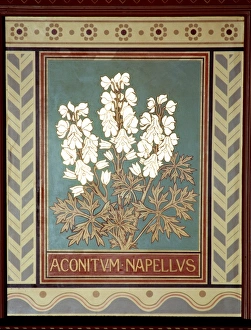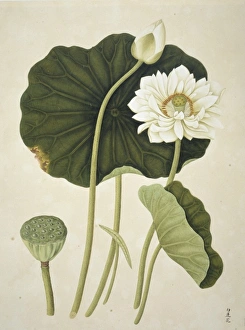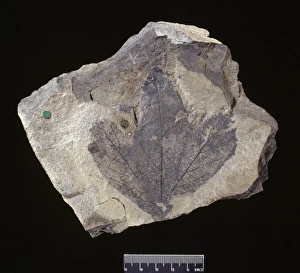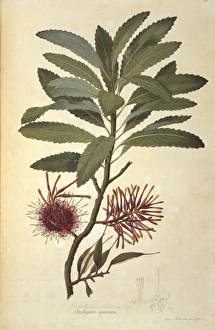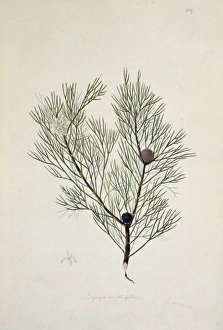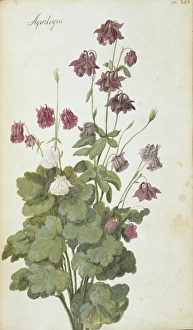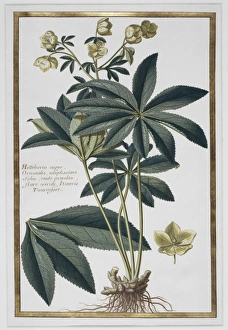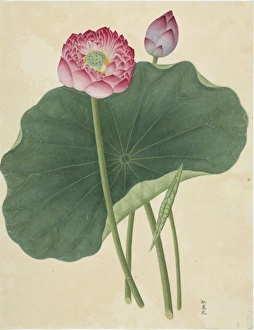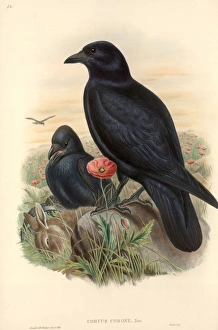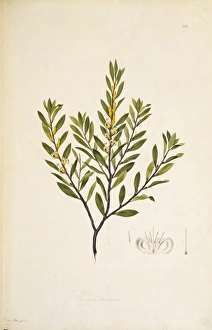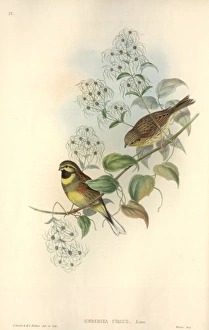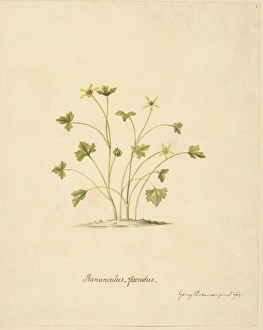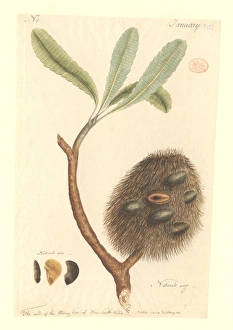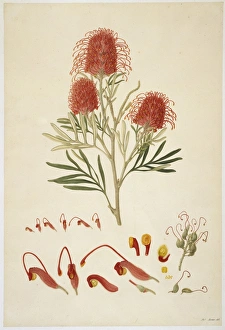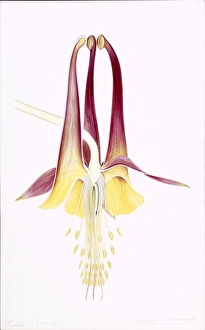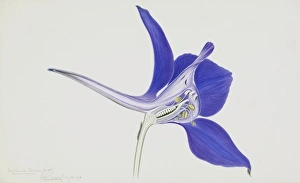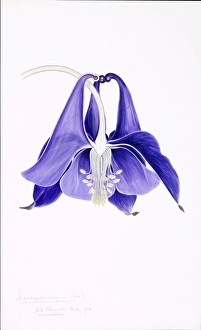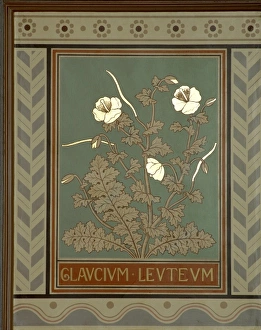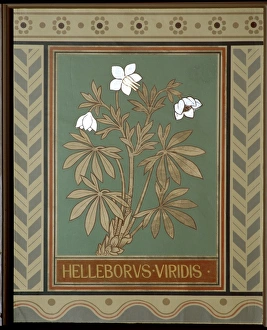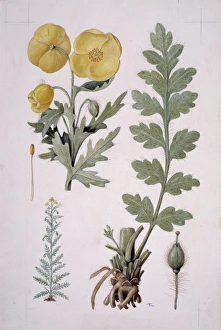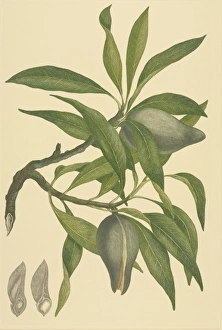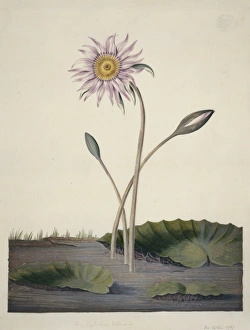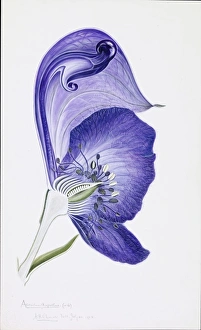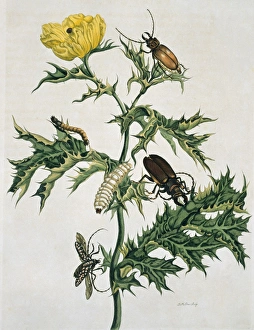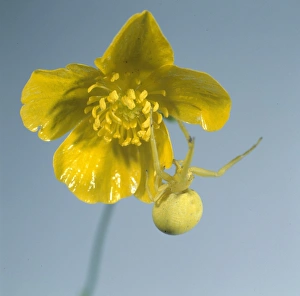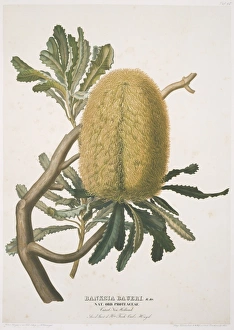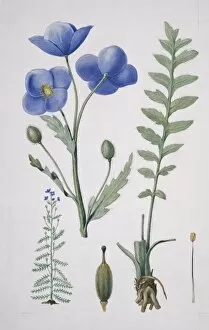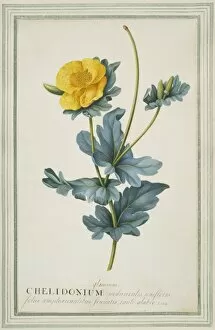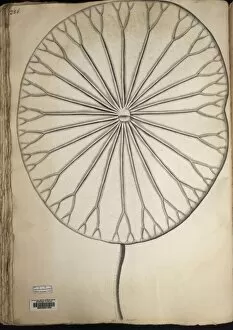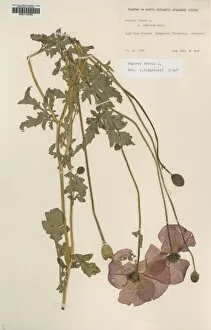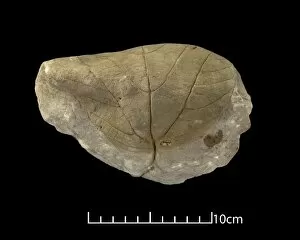Eudicotinae Collection (page 2)
"Eudicotinae: A Diverse Array of Nature's Masterpieces" Nature never ceases to amaze us with its stunning creations, and the Eudicotinae family is no exception
All Professionally Made to Order for Quick Shipping
"Eudicotinae: A Diverse Array of Nature's Masterpieces" Nature never ceases to amaze us with its stunning creations, and the Eudicotinae family is no exception. From the enchanting Banksia integrifolia, also known as coastal banksia, to the vibrant Clematis viticella 'Polish Spirit, ' each member of this botanical clan possesses a unique charm. The Telopea speciosissima, commonly called waratah, proudly displays its fiery red blooms that symbolize strength and resilience. Meanwhile, the majestic Protea cynaroides or king protea reigns supreme with its regal appearance and impressive size. Intriguingly named Banksia coccinea or scarlet banksia captivates onlookers with its striking crimson hues while Protea nitida aptly earns the moniker "wagon tree" due to its wagon wheel-like flowers that evoke images of bygone eras. Amongst these remarkable species stands Banksia serrata or old man banksia - an ancient beauty whose gnarled bark tells tales of time gone by. Equally captivating is Banksia speciosa or showy banksia which boasts magnificent flower spikes resembling fireworks frozen in mid-air. Delving into more delicate flora within Eudicotinae reveals Fumaria officinalis or fumitory; a dainty plant adorned with clusters of pinkish-purple blossoms that seem almost ethereal. The Papaver somniferum, better known as opium poppy, enchants not only with its vibrant petals but also holds historical significance for medicinal purposes throughout centuries. Lambertia formosa takes on two intriguing personas - honey flower and mountain devil - showcasing nature's ability to transform itself from sweet nectar-bearing blooms to spiky structures reminiscent of mythical creatures guarding their territory. Eudicotinae encompasses a wide range of plants; each with its own story to tell and a beauty that captivates the senses.

